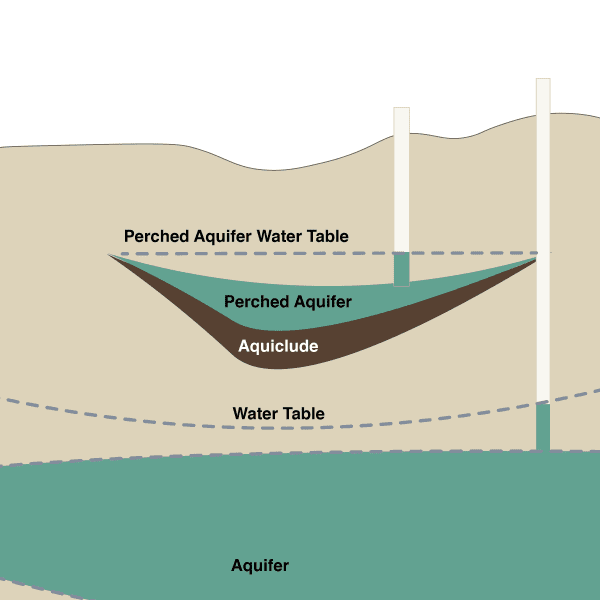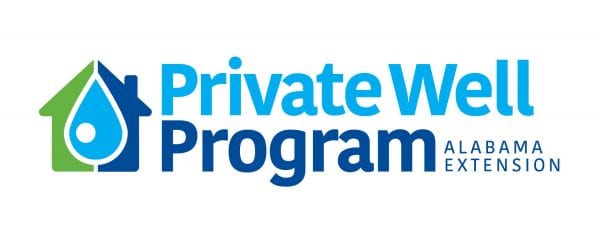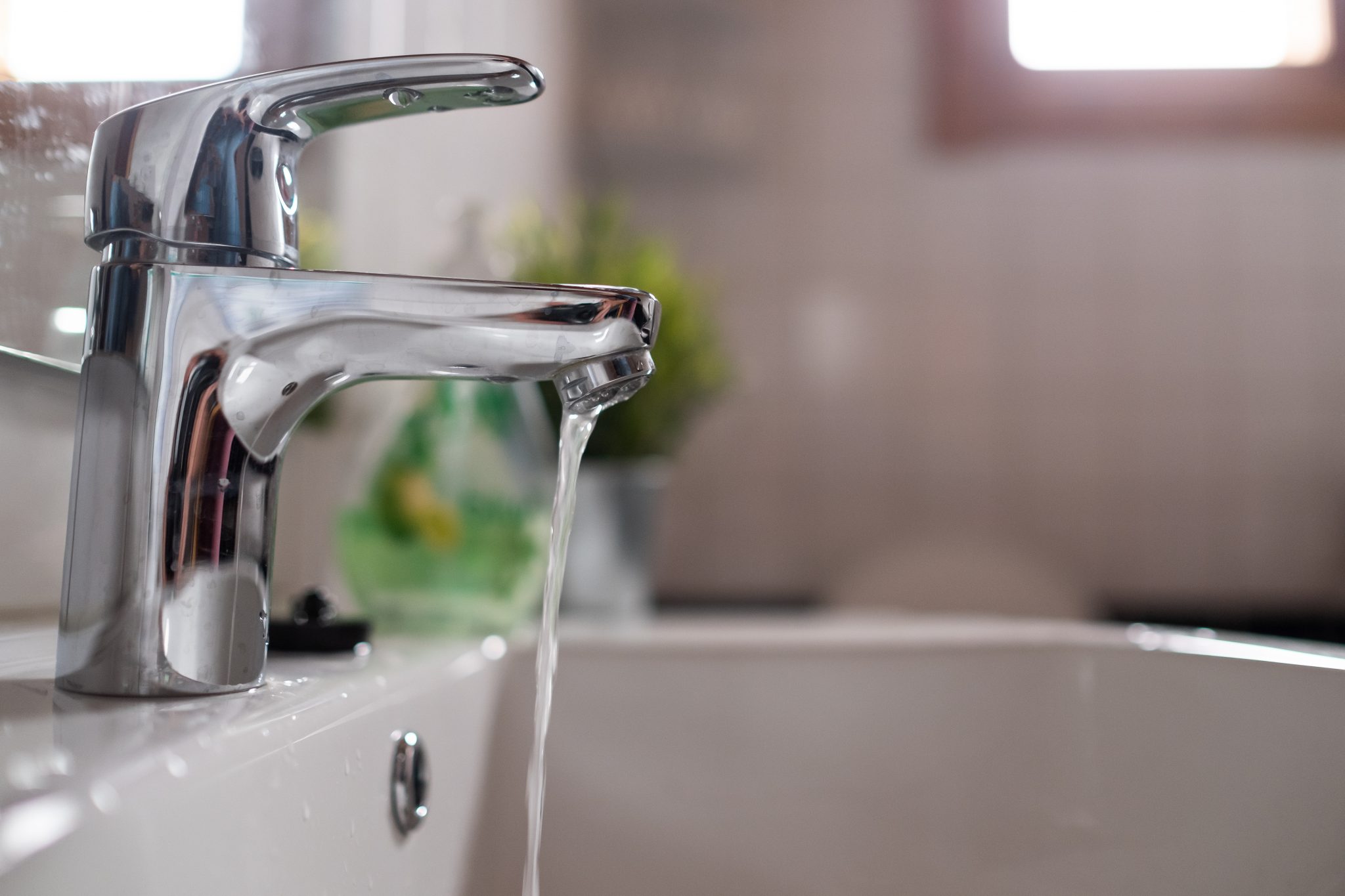Fish & Water

Understanding water quantity in a well is important because well yield is related to withdrawal rates, well-depth, and groundwater replenishment. Yield is generally defined as the rate at which a well can be pumped while ensuring that the water level does not drop below the pump intake. The following outlines factors that influence well yield such as the characteristics of the aquifer, the construction of the well, maintenance of the well, local climate and periods of drought, and community water demands on our water resources.
Understanding Water Yield
Well yield refers to the quantity of water delivered per unit of time which may flow or be pumped continuously from the well. A water well should be able to meet peak demand for a household. If a well is not reaching the water supply needed, it may be because of one of the following factors:
Aquifer Composition
The composition of the aquifer a well draws from can influence how much water the well yields. Wells completed in more porous, saturated geologic materials routinely result in high-yielding wells. Wells completed in less porous clays and bedrock can have slow groundwater yields, as slow as less than 5 gallons per minute. Sandstone aquifers are common and are prolific aquifers, even in the Coastal Plains. Metamorphic bedrock in the Valley and Ridge make poor aquifers.
Shallow Dug Wells

Perched Aquifer
Dug wells often encounter dry well problems. Dug wells are often shallow and excavated in poor earthen material, meaning that they are easily impacted by drought or other seasonal water declines in the water table. Many dug wells extend only to the bedrock surface and tap perched aquifer (groundwater separated from a larger, underlying body of groundwater). These wells cannot be easily deepened. In such cases a new drilled well is the only long-term solution.
Some drilled wells that tap shallow bedrock will yield only 1 or 2 gallons of water per minute. To put that in context, the Federal Housing Administration (FHA) requires a pump rate of 3 to 5 gallons per minute for older wells and a rate of 5 gallons per minute for new wells to pass inspection. Five gallons per minute is considered adequate for domestic supply by the United States Geological Survey.
Some drilled wells in shallow bedrock are not deep enough to provide adequate storage of water for short-term pumping cycles, but the rate of pumping depends largely on the aquifer composition, which varies across the state. The water level of a well can be dependent upon the depth of the well, the type of well, the surrounding geology, and the amount of pumping done.
A deep well in a confined aquifer in an area with minimal pumping is less likely to go dry than a shallow, dug, well. For example, if there is 50 feet of water above the pump intake, when the water table declines feet because of drought conditions, only 40 feet of water is available in the well for one pumping cycle, and the well may go dry. In that situation, deepening the well may solve the problem as long as the deeper water is of good quality, or possibly lower the pump if possible. If usable water is not available at a greater depth, the pumping rate must be reduced so that less water is pumped during each cycle. Water wells may also go dry because the pump discharge rate is greater than the recharge rate of groundwater to the well.
Scale Development
The development of scale within the well and screen is the most common cause of a reduction in well yield. Scale refers to the hard residue from the precipitation of minerals (calcium, iron, and magnesium carbonates) that can build up on the insides of pipes and screens and impact well yield. The scale can also provide a food source for bacteria, leading to the formation of bio-slime in the well, similar to the way plaque can build up on teeth. The combined effect of the growth of slime and precipitated minerals have been reported to reduce well yield by 75 percent within a year of well operation in some locations. Bio-slime can also promote the growth of bacteria that can pose serious health concerns.
Well Construction
The construction of a well might also be impacting water yield. The screened portion of the well allows for the movement of water into the well while reducing the transport of silt and sands. A screen mesh that is too large could allow sediment to pass through that may damage the pump. Additionally, if a submersible pump is installed just below the water table, it can draw down water levels too quickly, requiring the pump to cycle on and off repeatedly as the water table rises and falls, often damaging the pump. Rapid and repeated water level changes around the well screen can introduce oxygen in the aquifer. Changes in aquifer geochemistry can occur when water-saturated geologic materials are exposed to oxygen. This can result in naturally occurring minerals dissolving into the aquifer. If the aquifer material includes arsenic-bearing minerals, there may be an increase in dissolved arsenic, a toxic chemical, in the water supply. If water table elevations drop after initial well construction, well yield may decline.
More Information
For more resources for private well owners, visit the Private Well Program webpage at www.aces.edu.


